What is different types of teeth whitening ? | Ultimate Insight
- Introduction: Why Understanding Different Types of Teeth Whitening Matters
- Definition and Importance: What Are Different Types of Teeth Whitening and Why They Matter
- How Teeth Whitening Works: Core Principles Behind Whitening Technologies
- Major Types of Teeth Whitening: From Professional to OTC Solutions
- 1. In-Office Professional Whitening (Chairside Whitening)
- 2. Dentist-Prescribed At-Home Whitening Kits (Custom Trays and Gels)
- 3. Over-the-Counter (OTC) Whitening Strips and Gels
- 4. Whitening Toothpastes and Mouthwashes
- 5. Whitening Pens and Touch-Up Gels
- 6. Internal (Non-Vital) Tooth Bleaching
- 7. Natural and Alternative Approaches (Activated Charcoal, Oil Pulling)
- Key Decision Criteria: How to Choose the Best Teeth Whitening Option
- Practical Guidance: How to Use Different Teeth Whitening Products Safely
- Cost Comparison and Typical Results: What to Expect Financially
- Choosing a Supplier: Why Manufacturer Quality Matters
- Common Side Effects and How to Handle Them
- Conclusion: Choose a Whitening Method That Matches Your Needs and Priorities
- Frequently Asked Questions (FAQ)
Introduction: Why Understanding Different Types of Teeth Whitening Matters
Problem: You want a whiter smile but feel overwhelmed by countless options—salons, dentist clinics, over-the-counter strips, pens, gels, and 'natural' solutions. Pain: Choosing the wrong method can mean poor results, tooth sensitivity, or wasted money. Solution: This insight breaks down the different types of teeth whitening, how they work, who they’re best for, safety tips, and how to choose reliable products and suppliers, including manufacturer options like Double White.
Definition and Importance: What Are Different Types of Teeth Whitening and Why They Matter
What it is: Different types of teeth whitening refers to the range of professional and consumer methods used to lighten tooth color by removing or altering stains and pigments. These include in-office professional bleaching, dentist-prescribed take-home kits, over-the-counter whitening strips and gels, whitening toothpastes and pens, and niche approaches like internal bleaching for non-vital teeth.
Why it’s important: Selecting the right teeth whitening method affects effectiveness, safety, sensitivity, cost, and longevity of results. Knowing the difference helps consumers and dental professionals make informed decisions—leading to better outcomes and fewer complications.
How Teeth Whitening Works: Core Principles Behind Whitening Technologies
Chemical action: Most effective whitening relies on peroxide-based oxidizers—either hydrogen peroxide (H2O2) or carbamide peroxide (which breaks down into hydrogen peroxide). These oxidizers penetrate the enamel and dentin to break apart pigmented organic molecules (chromogens) that cause yellowing or staining.
Types of stains: Whitening performance depends on stain type. Extrinsic stains (from coffee, tea, tobacco, red wine) are on the tooth surface and usually respond well to whitening. Intrinsic stains (from trauma, tetracycline, fluorosis, aging) are inside the tooth and can be more resistant; some cases require professional treatments or veneers.
Mechanical vs chemical: Whitening toothpastes and polishing remove extrinsic stains mechanically through abrasives and chemical agents. True bleaching changes the chemical structure of intrinsic stains via oxidation.
Major Types of Teeth Whitening: From Professional to OTC Solutions
1. In-Office Professional Whitening (Chairside Whitening)
Overview: Done in dental clinics using high-concentration hydrogen peroxide (25%–40%) often combined with LED or laser activation. Results are visible in a single 30–90 minute session.
Effectiveness: Most powerful and fastest method for significant shade improvement—commonly lightens teeth by several shades.
Pros and cons: Pros: immediate results, supervised by dentist, customized protection for gums. Cons: higher cost (typically $300–$1,000+ depending on region), increased short-term sensitivity for some patients.
2. Dentist-Prescribed At-Home Whitening Kits (Custom Trays and Gels)
Overview: Dentists provide custom-fitted trays plus professional-strength gels (typically 10%–22% carbamide peroxide or 3%–10% hydrogen peroxide). Patients wear trays for a few hours a day or overnight for 1–2 weeks.
Effectiveness: Highly effective and safer than DIY because trays ensure even gel contact and reduced gum exposure.
Pros and cons: Pros: customizable, controlled concentration, good balance of effectiveness and safety. Cons: takes longer than in-office, cost varies ($100–$400), requires compliance.
3. Over-the-Counter (OTC) Whitening Strips and Gels
Overview: Widely available strips and pre-filled trays use lower concentrations of peroxide (typically 6%–10% hydrogen peroxide equivalent). Popular for convenience and affordability.
Effectiveness: Effective for mild-to-moderate extrinsic stains; results in 1–2 weeks with daily use. Not as predictable for intrinsic stains or severe discoloration.
Pros and cons: Pros: affordable, easy to use, accessible. Cons: fit issues for uneven teeth, potential gum irritation if gel contacts soft tissue, variable results.
4. Whitening Toothpastes and Mouthwashes
Overview: Contain mild abrasives, low concentrations of peroxide, or chemical stain removers. Designed for daily maintenance rather than significant shade change.
Effectiveness: Good for removing surface stains and maintaining results after bleaching but limited for substantial whitening.
Pros and cons: Pros: low cost, maintenance-friendly, minimal sensitivity. Cons: slow results, mostly surface-level effect.
5. Whitening Pens and Touch-Up Gels
Overview: Portable pens or small tubes with peroxide gel for spot treatment or short-term touch-ups. Often marketed for quick fixes before events.
Effectiveness: Mild to moderate effect for touch-ups; not ideal for full-arch whitening because gel distribution is uneven.
Pros and cons: Pros: convenient, portable. Cons: inconsistent coverage, limited results.
6. Internal (Non-Vital) Tooth Bleaching
Overview: For teeth darkened from trauma or root-canal-treated teeth. The dentist places a bleaching agent inside the tooth and seals it temporarily; multiple sessions may be needed.
Effectiveness: Effective for specific intrinsic discoloration when external bleaching won’t work.
Pros and cons: Pros: targets internal stains without veneers. Cons: requires dental procedure, not suitable for every case.
7. Natural and Alternative Approaches (Activated Charcoal, Oil Pulling)
Overview: Activated charcoal, baking soda, oil pulling, and other home remedies are popular but have limited scientific support for real whitening beyond surface stain removal.
Effectiveness: Mixed or minimal; some practices (e.g., aggressive charcoal brushing) can be abrasive and risk enamel wear.
Pros and cons: Pros: low cost, perceived natural approach. Cons: unproven efficacy, potential enamel damage, lack of regulation.
Key Decision Criteria: How to Choose the Best Teeth Whitening Option
Safety and ADA acceptance: Check for products and procedures recommended or supported by dental professionals. The American Dental Association (ADA) provides seals for certain products; a dental consultation is recommended for higher-concentration treatments.
Effectiveness vs speed: In-office whitening offers fastest results; dentist-prescribed at-home kits balance speed and safety; OTC strips and toothpaste are slower but more affordable.
Sensitivity risk: Peroxide can cause transient sensitivity. Lower concentration gels, shorter contact time, or desensitizing agents (potassium nitrate, fluoride) reduce sensitivity.
Type of stain: Match the treatment to the stain—extrinsic stains respond well to most whitening; intrinsic stains may need professional solutions or restorative options (veneers, bonding).
Cost and convenience: Budget and lifestyle matter. OTC strips and pens are convenient and low-cost. Professional treatments cost more but offer predictability and customization.
Product quality and supplier reliability: For businesses and clinics sourcing whitening products, prioritize manufacturers with R&D capability, quality control, certifications (ISO, GMP), and customization options. Double White, as a leading Chinese manufacturer and supplier of teeth whitening strips, gels, and pens, offers OEM/ODM services, free samples, and customized packaging—making it a viable partner when you need scalable, quality-controlled whitening products.
Practical Guidance: How to Use Different Teeth Whitening Products Safely
Consult a dentist first: Especially if you have restorations, sensitive teeth, gum disease, or intrinsic discoloration. A dental exam ensures you choose the appropriate method.
Follow instructions carefully: Use recommended duration and frequency. Overuse of peroxide or abrasive products risks enamel erosion and gum damage.
Manage sensitivity: Use desensitizing toothpaste before and after whitening. Shorten application time if sensitivity occurs and consult your dentist.
Maintain results: Avoid or reduce staining foods (coffee, tea, red wine, tobacco) and use whitening toothpaste or mouthwash for maintenance. Periodic touch-ups with strips or dentist-prescribed gel prolong results.
Cost Comparison and Typical Results: What to Expect Financially
In-office professional whitening: $300–$1,000+ per session depending on country and clinic; immediate, significant shade improvement.
Dentist-prescribed at-home kits: $100–$400; gradual improvement over 1–2 weeks, predictable with custom trays.
OTC whitening strips and pens: $20–$70; good for mild extrinsic stains, results in 1–2 weeks.
Whitening toothpaste/mouthwash: $5–$30; maintenance or slight surface stain reduction over weeks.
Choosing a Supplier: Why Manufacturer Quality Matters
Regulatory compliance: Suppliers should follow local and international manufacturing standards (ISO 22716 for cosmetics, GMP) and provide safety data and stability testing for peroxide concentrations.
Customization and packaging: For dental clinics, retailers, and OEM partners, choose manufacturers offering customized formulations, private labeling, and secure packaging. Double White, a professional oral care R&D and manufacturing company, emphasizes strict scientific research and production control, and offers free samples and customized packaging for teeth whitening strips, gels, and pens.
Common Side Effects and How to Handle Them
Tooth sensitivity: Most common short-term side effect. Usually reversible. Use desensitizing toothpaste, reduce exposure time, or consult your dentist for alternative concentrations.
Gum irritation: Caused by gel contact with soft tissue; use properly fitted trays or strips and remove excess gel before application.
Uneven whitening: Restorations (crowns, veneers, fillings) do not bleach and may require replacement to match new tooth shade.
Conclusion: Choose a Whitening Method That Matches Your Needs and Priorities
Summary: The different types of teeth whitening range from powerful in-office bleaching to convenient OTC strips and toothpastes. Consider the type of stain, desired speed of results, sensitivity risk, budget, and whether you want professional supervision. For businesses and practitioners sourcing products, prioritize reputable manufacturers with R&D and quality control like Double White, which offers a full lineup of whitening strips, gels, and pens with customization and sample services.
Next steps: If you’re unsure which option fits you best, schedule a dental consultation. If you’re a business seeking a supplier, request free samples or product specifications from proven manufacturers like Double White at https://www.double-white.com/ to evaluate product quality and compatibility with Double White.
Frequently Asked Questions (FAQ)
What are the safest types of teeth whitening?Professional dental treatments and dentist-prescribed at-home kits are generally the safest because they are supervised and customized. Look for products compliant with recognized manufacturing standards and follow usage instructions closely.
How long do whitening results last?Results vary by method and personal habits. In-office whitening can last 6 months to 3 years; results last longer with good oral hygiene and avoiding staining foods/tobacco. Periodic touch-ups with OTC products or dentist-prescribed gels help maintain the shade.
Can whitening damage enamel?When used as directed, peroxide-based whitening does not permanently damage enamel. However, overuse, highly abrasive products, or improper application can erode enamel. Use approved products and consult a dentist if unsure.
Do whitening strips work on crowns or veneers?No. Restorative materials (porcelain, composite) do not respond to peroxide bleaching. If you whiten natural teeth, you may need to replace restorations to match the new shade.
Is professional whitening worth the cost compared to OTC strips?If you want fast, predictable, and significant whitening with professional oversight, in-office treatments are worth the cost. For mild surface stains on a budget, OTC strips provide a cost-effective alternative. Dentist-prescribed trays offer a middle ground in terms of effectiveness, safety, and price.
Are natural whitening methods like activated charcoal effective?They can remove some surface stains but often lack evidence for deep whitening. Some methods may be abrasive and risk enamel wear. Consult a dentist before trying aggressive natural remedies.
How do I pick a reliable whitening product supplier?Evaluate the supplier’s R&D credentials, quality certifications (ISO, GMP), sample policy, customization options, ingredient transparency, and client references. A supplier like Double White emphasizes scientific R&D, strict production control, and supports OEM/ODM with free samples and customized packaging.
Are there whitening options for sensitive teeth?Yes. Lower-concentration gels, shorter application times, desensitizing formulations, and professional supervision reduce sensitivity. Your dentist can recommend the best regimen for sensitive teeth.
Can I use whitening products with braces?Not recommended while braces are on because results will be uneven; whitening may be applied after orthodontic treatment or with special approaches discussed with your orthodontist/dentist.
Do teeth whitening products require regulatory approval?Many countries regulate high-concentration peroxide products. OTC products typically use lower peroxide concentrations and are regulated as cosmetics in some regions. For commercial suppliers, ensure compliance with local regulations and provide safety data and labeling information.
Recommended for you
Are You Supposed to Brush Your Teeth After Whitening Strips? | Double White
When Can You Eat After Whitening Strips? | Double White
Sensitive Teeth? Find Relief with Double White | Best Whitening Gel
Simply White Teeth Whitening Powder - Double White
About After Sales Support
If I am not satisfied with the product, can I return it?
Yes, if you are not satisfied with our products, you can apply for a return within a certain return period. For specific return policies, please refer to our official website or contact our customer service team.
About Customized Services
How long is the product development cycle? Can it be faster?
It depends on market needs. Our engineers develop new products regularly based on feedback and research.
About Recipe Customization
Can the formula be adjusted according to my requirements?
Yes, we can adjust and customize the formula according to your needs and requirements to meet your special needs.
About Cooperation Process
What information do I need to provide to start the cooperation process?
You need to provide your company information, product needs, customization requirements, cooperation intentions and other relevant information.
About Logistics
Does your product support global logistics and distribution?
Yes, our products support global logistics and distribution services, and you can receive our products anytime and anywhere.

HP Teeth Whitening Alcohol-free Strips HPNA-01
Discover Double White’s HP Teeth Whitening Alcohol-free Strips HPNA-01, the best teeth whitening strips designed for a brighter smile without irritation. Alcohol-free formula ensures gentle yet effective whitening. Achieve professional results safely and easily at home with these top-rated teeth whitening strips.

HP Teeth Whitening Alcohol-free Strips HPNA-02
Double White’s HP Teeth Whitening Alcohol-free Strips HPNA-02 offer effective, gentle whitening without alcohol. These best whitening teeth strips deliver visible results, making them the good teeth whitening strips choice for a brighter smile. Try our whitening strips for teeth today!

Hydrogen Peroxide Residue Free Teeth Whitening Strips RFHP01
Double White Hydrogen Peroxide Residue Free Teeth Whitening Strips RFHP01 deliver the best quick teeth whitening results without residue. These best teeth whitening strips offer safe, effective brightening for a confident smile. Experience one of the best teeth whitening products today.

Hydrogen Peroxide Residue Free Teeth Whitening Strips RFHP02
100% tooth surface residue-free teeth strips represents the latest white teeth technology. This new product has strong adhesion on the teeth, but when peeled off, no gel-like substance remains on the tooth surface, leaving the teeth bright. Like new, no cleaning required.
Send us your inquiry
Reach out to us through the form below or via the contact information provided.
Our dedicated team is committed to providing prompt and personalized responses to all your queries.
Please fill out the fields above with your full name, email address, and comment.
Copyright © 2025 Double White All Rights Reserved. Designed by gooeyun

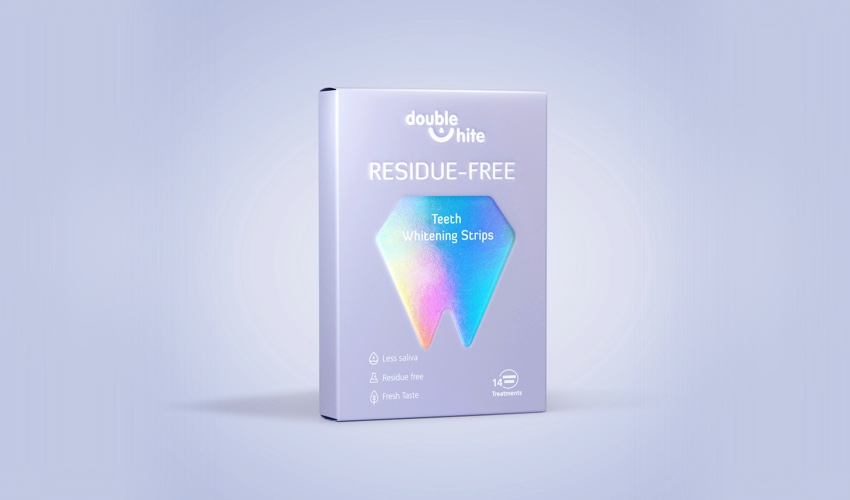
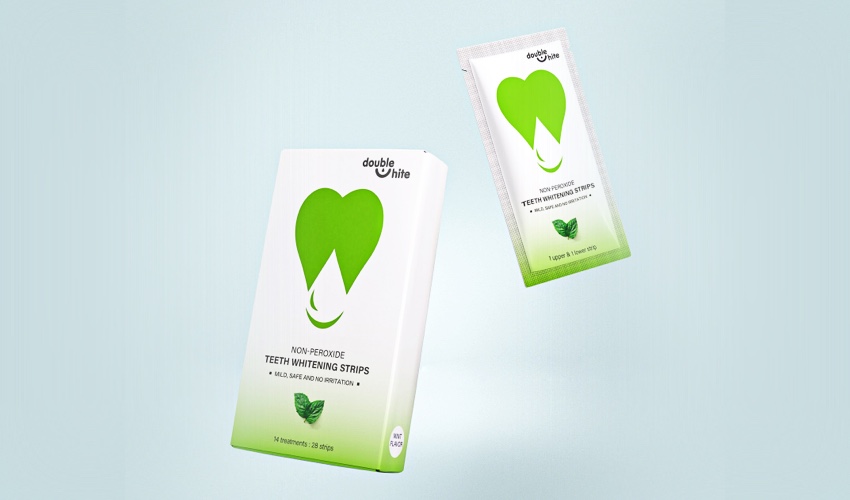
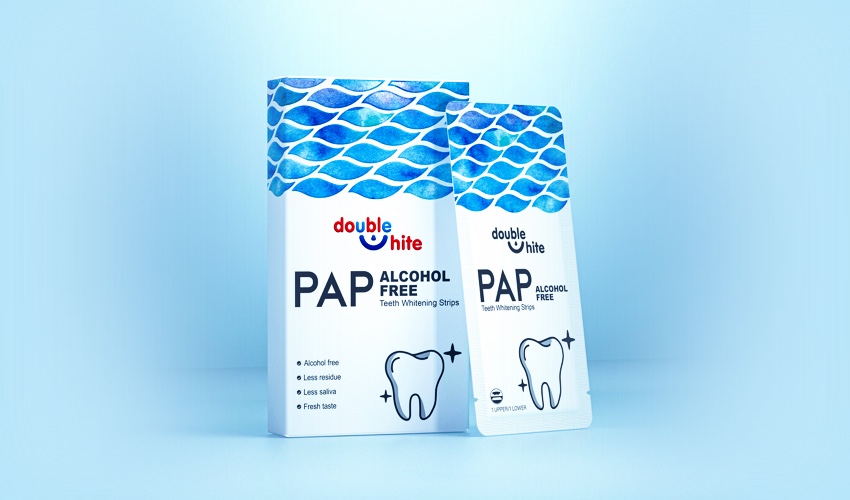
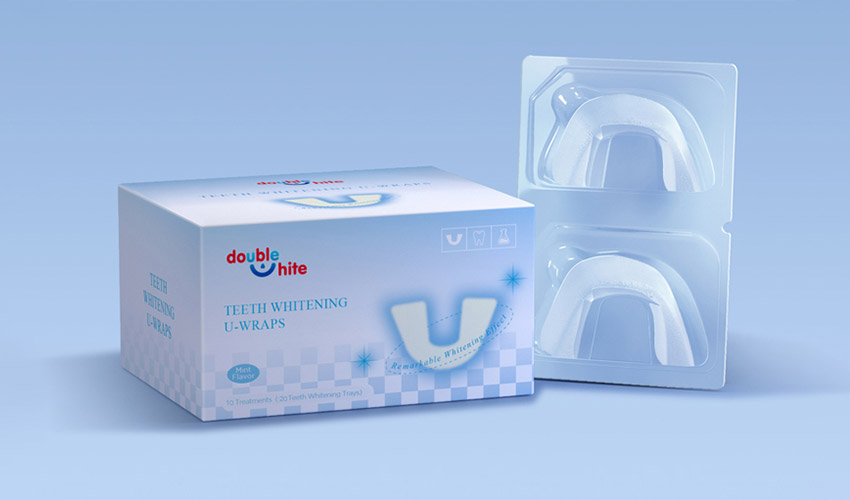
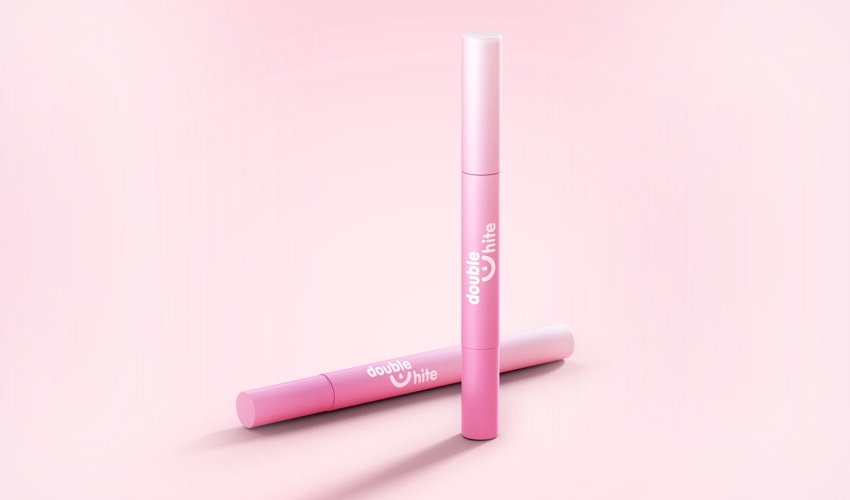
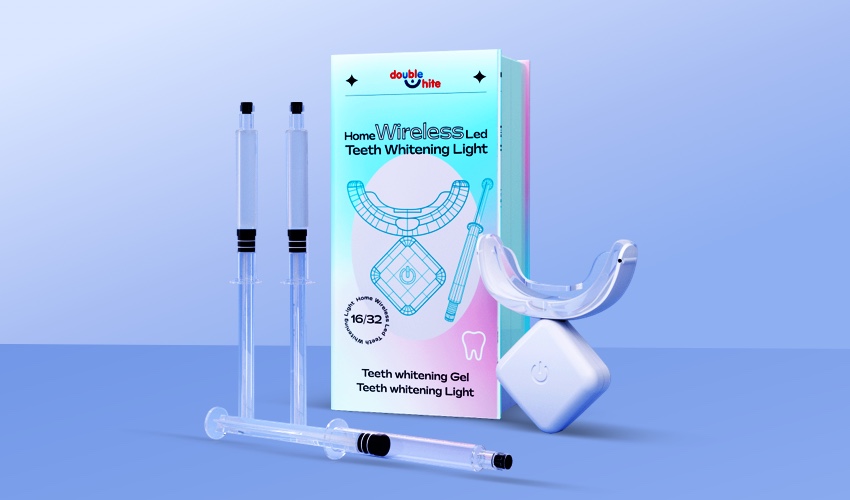
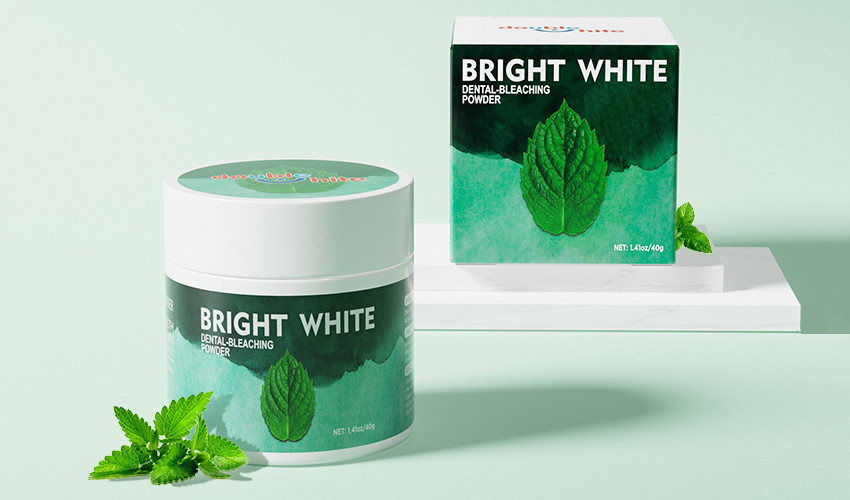






Whatsapp: +8615920313473
cndoublewhite
Doublewhite
doublewhitecn
cndoublewhite
cndoublewhite